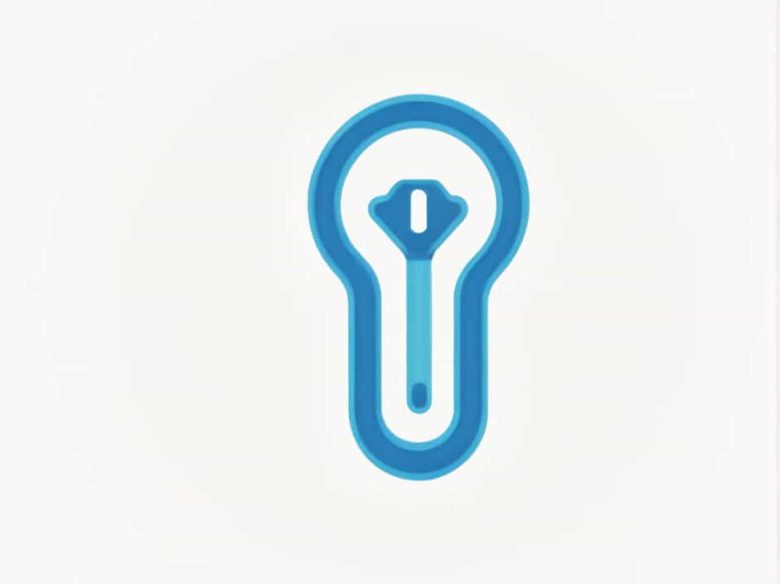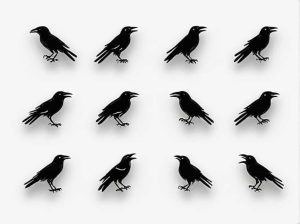The ejaculatory duct is a crucial part of the male reproductive system playing a key role in the transport of semen. Understanding its formation structure and function is essential in learning about male fertility and reproductive health.
In this topic we will explore how the ejaculatory duct is formed its anatomy function and its significance in reproduction.
Formation of the Ejaculatory Duct
The ejaculatory duct is formed by the union of two structures:
- The Vas Deferens – A muscular tube that transports sperm from the epididymis to the urethra.
- The Seminal Vesicle Duct – A glandular duct that contributes seminal fluid which nourishes and supports sperm.
These two structures merge at the prostate gland forming the ejaculatory duct which then connects to the prostatic urethra allowing the release of semen during ejaculation.
Anatomy of the Ejaculatory Duct
The ejaculatory ducts are a paired structure meaning there are two ducts—one on each side of the body. Each duct is approximately 2 cm long and passes through the prostate gland before opening into the prostatic urethra.
Key Structures Involved
- Vas Deferens – A muscular tube responsible for carrying sperm.
- Seminal Vesicles – Glands that produce seminal fluid providing nutrients and protection for sperm.
- Prostate Gland – A gland that surrounds the ejaculatory ducts and adds fluid to semen.
- Prostatic Urethra – The part of the urethra within the prostate where the ejaculatory ducts open.
Function of the Ejaculatory Duct
The primary function of the ejaculatory duct is to transport semen during ejaculation. It serves as a passageway for sperm and seminal fluid ensuring they mix properly before being expelled.
Steps in the Ejaculatory Process
- Sperm Storage – Sperm is stored in the epididymis and transported via the vas deferens.
- Seminal Fluid Addition – The seminal vesicles secrete fluids rich in fructose to nourish sperm.
- Duct Formation – The vas deferens and seminal vesicle duct merge to form the ejaculatory duct.
- Ejaculation – During orgasm the ejaculatory ducts propel semen into the prostatic urethra where it is then expelled from the body through the penile urethra.
Importance of the Ejaculatory Duct in Reproduction
The ejaculatory duct is essential for male fertility ensuring sperm reaches the female reproductive system during sexual intercourse.
Roles in Reproduction
- Sperm Transport – Moves sperm from the testes to the urethra.
- Seminal Fluid Mixing – Ensures sperm is combined with nutrient-rich fluid from the seminal vesicles.
- Ejaculation Control – Regulates the flow of semen during ejaculation.
Common Ejaculatory Duct Disorders
Certain conditions can affect the ejaculatory duct leading to male infertility or discomfort.
1. Ejaculatory Duct Obstruction (EDO)
EDO occurs when the ejaculatory ducts are blocked preventing semen from passing through. This condition can cause:
- Low semen volume
- Painful ejaculation
- Male infertility
Causes:
- Congenital abnormalities (present from birth)
- Infections
- Prostate inflammation
- Cysts or tumors
Treatment:
- Surgical removal of blockages
- Antibiotics for infections
2. Retrograde Ejaculation
This occurs when semen flows backward into the bladder instead of exiting through the urethra. Causes include:
- Diabetes
- Nerve damage
- Certain medications
Symptoms:
- Little to no semen during ejaculation
- Cloudy urine after sex
- Reduced fertility
Treatment:
- Medications to improve muscle function
- Lifestyle changes
Difference Between Ejaculatory Duct and Urethra
While the ejaculatory duct and urethra are both part of the reproductive system they have different roles.
| Feature | Ejaculatory Duct | Urethra |
|---|---|---|
| Function | Transports semen | Expels urine and semen |
| Length | About 2 cm | About 20 cm |
| Location | Inside the prostate | Extends from the bladder to the penis |
| Connection | Formed by vas deferens and seminal vesicle | Connected to the ejaculatory duct and bladder |
The Role of the Prostate in Ejaculation
The prostate gland plays a crucial role in ejaculation by surrounding and supporting the ejaculatory ducts. It also:
- Produces prostatic fluid which enhances sperm motility.
- Contains muscles that help propel semen during ejaculation.
- Protects sperm by neutralizing vaginal acidity.
How to Maintain a Healthy Ejaculatory Duct
A healthy reproductive system is essential for male fertility and overall well-being. Here are some tips to keep the ejaculatory ducts functioning properly:
1. Maintain a Healthy Diet
- Eat foods rich in zinc and vitamin C to support sperm health.
- Stay hydrated to maintain proper semen production.
2. Exercise Regularly
- Physical activity improves blood circulation to the reproductive organs.
- Avoid excessive cycling which can put pressure on the prostate and ducts.
3. Avoid Smoking and Alcohol
- Tobacco and excessive alcohol reduce sperm count and damage the ejaculatory ducts.
4. Practice Safe Sex
- Use protection to prevent infections that can block the ducts.
- Get regular STD screenings.
5. Manage Stress
- Stress can affect hormonal balance and sperm production.
- Engage in relaxation techniques like yoga or meditation.
The ejaculatory duct is a vital part of the male reproductive system ensuring sperm and seminal fluid are properly mixed and transported. Formed by the vas deferens and seminal vesicle duct it plays a key role in male fertility and ejaculation.
Understanding its function common disorders and ways to maintain its health is essential for reproductive well-being. If any issues like pain infertility or ejaculation problems arise consulting a doctor is important for proper diagnosis and treatment.



